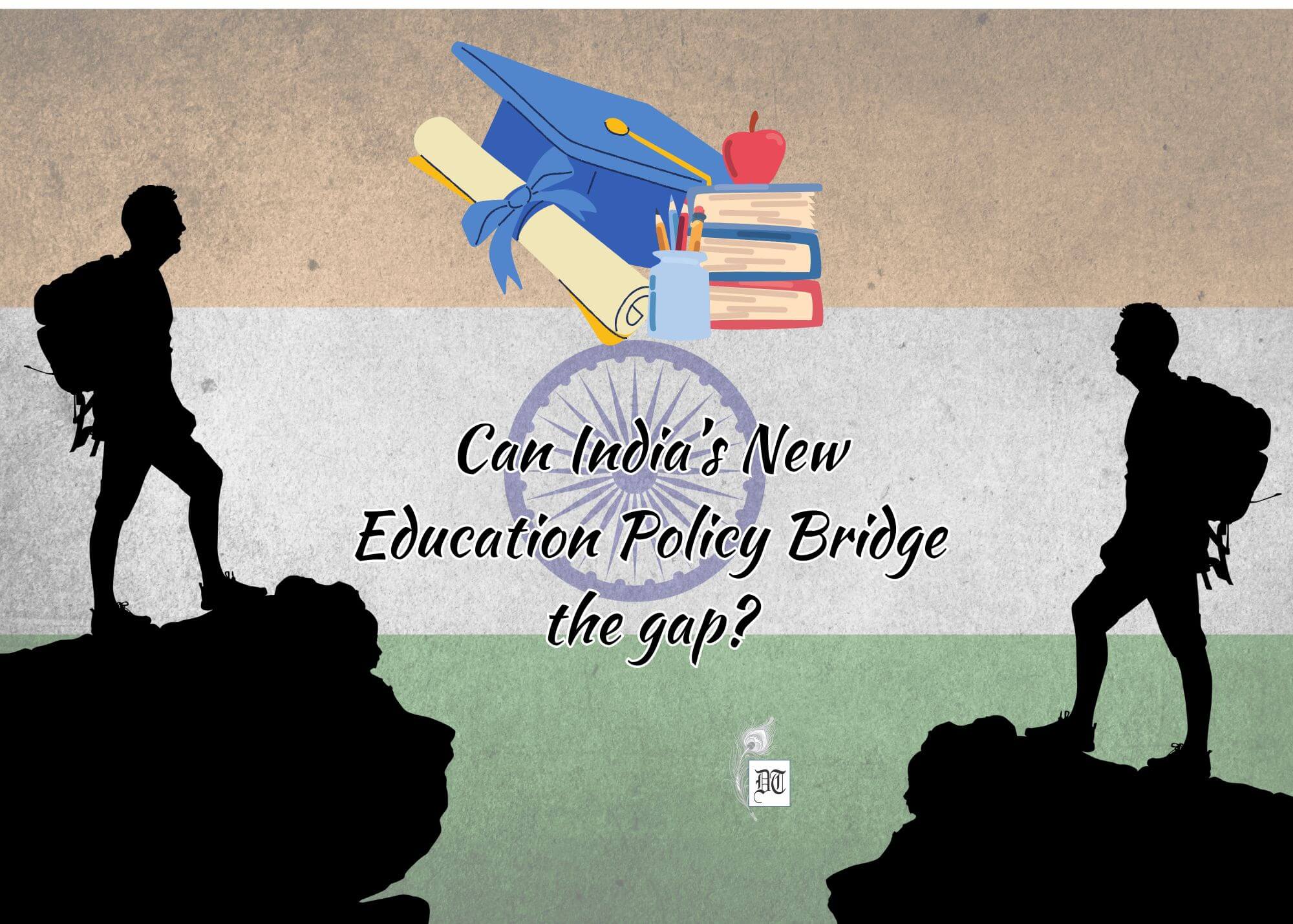It is to the credit of the Raghuram Rajan Committee that it is more focused in its approach. A concern is also expressed about social obligations, delinking the government from banks and greater freedom to private banks – these, too, are not very valid concerns. Indian banking possibly needs incremental and not sweeping changes.
Finance Minister Arun Jaitley recently announced that strengthening the public sector banks is the most important agenda for the coming year. This reminds one of the curbs put by the RBI on Kapol Bank withdrawals earlier in March. A subsequent directive was issued in September that extended curbs on the banking operations of the Kapol Cooperative Bank for a further period of six months, which allowed a maximum withdrawal limit of Rs. 3000 irrespective of their total balance. The directions had been issued in connection with the bank’s poor financial health. Since then rumours spread that few more public sector banks will be brought under the scanner. This sends out a message loud and clear – that the government is serious in undertaking a sort of reform in the banking sector.
The committee on financial sector reforms highlights several concerns on the Indian banking sector – about financial deepening, inadequate competition, lack of scale, high spreads banking, the low usage of new technologies, the decline in market share of public sector banks, etc. It is to the credit of the Raghuram Rajan Committee that it is more focused in its approach. A concern is also expressed about social obligations, delinking the government from banks and greater freedom to private banks – these, too, are not very valid concerns. Indian banking possibly needs incremental and not sweeping changes. Rajan Committee, among other things, wanted greater freedom for private banks. This was happening but the abolition of branch and ATM licensing does not seem a realistic option. We also need greater freedom for foreign banks but here the pace of liberalization must necessarily be governed by considerations of regulatory capacity, reciprocity and the stability of the banking sector. So much so for private banks. What then about public sector banks?
As a step towards financial inclusion, prime minister started a Pradhan Mantri Jan Dhan Yojana (PMJDY), which aimed to make sure every Indian has a bank account. Championing the government’s pro-poor policies prime minister announced at FICCI’s annual general meeting a day ahead of the final phase of polling in Gujarat that the NPAs (Non-Performing Assets) of banks is the biggest liability handed down by the economists sitting in the previous government. In retaliation to this, Congress questioned the steep spike in PSU banks’ NPAs. The Congress party asked whether the BJP is ready for a probe into it by an independent agency.
This brings us to the debate about whether public banks should be privatised. This debate on privatisation of PSBs gained prominence after the onset of comprehensive economic reforms, liberalisation and globalisation process for the Indian economy since 1991. The privatisation trend in the financial sector has to be viewed basically as a part of macroeconomic reform, and ensuring appropriate regulatory framework to enhance competition, making ownership a secondary issue. It was found in 1996 by Vijay Joshi and I.M.D. Little in their book, India’s Economic Reforms 1991-2001 that the empirical case for privatisation of banks is especially strong as it is clear that public ownership has virtually paralysed the management efficiency of banks due to political and administrative interference in the allocation of credit. It was, therefore, recommended that rather than go through a futile process of attempting to secure autonomy within the framework of government ownership, the government should prepare a plan to privatise several public sector banks.
In the Indian context, it is through a well-designed policy reform that the PSBs have been exposed to increasing competitive environment through (a) entry of new private banks, (b) relaxations on the entry of foreign banks [branches only], (c) near total deregulation of interest rate structure, (d) increased  functional autonomy and operational flexibility in a large number of areas for PSBs. As a measure of the impact of this increased competitiveness since 1994-95, it can be seen from a bank group-wise review that nationalized banks have faced a reduced share in assets, deposits, and advances and at the same time increased their share in net profit in the banking segment. Thus, it may not be correct to say that the banking segment is either non-competitive or it is only through privatisation that advantages of competitiveness can be increased. Even so, the issue of relatively low efficiency of public sector banks may remain due mainly to several other inter-related factors – perhaps no other issue than the problem of NPAs has dominated the debate on the performance of PSBs.
functional autonomy and operational flexibility in a large number of areas for PSBs. As a measure of the impact of this increased competitiveness since 1994-95, it can be seen from a bank group-wise review that nationalized banks have faced a reduced share in assets, deposits, and advances and at the same time increased their share in net profit in the banking segment. Thus, it may not be correct to say that the banking segment is either non-competitive or it is only through privatisation that advantages of competitiveness can be increased. Even so, the issue of relatively low efficiency of public sector banks may remain due mainly to several other inter-related factors – perhaps no other issue than the problem of NPAs has dominated the debate on the performance of PSBs.
Without going into the well-known factors responsible for higher levels of NPAs in the PSBs an important aspect of the problem is a weak and lengthy legal process the banks are faced with in recovery of the overdue amounts. That precisely is the problem that needs to be tackled by the government through various legislative measures including that of the repeal of SICA (Sick Industrial Companies Act) and setting up of more DRTs (Debts Recovery Tribunal).
In the days to come then as economists are optimistic that the Centre’s effort to dispel the pall of gloom will yield results, we are yet to wait and watch what steps the current government will take to improve the public sector banks and rural banking infrastructure, especially if it claims to have pro-poor economic policies in future.
©Navodita Pande
Photos from the Internet
#BankingSector #Economy #MoneyMatter #Bank #PrivateBanking #PublicSectorBanking #FinancialAssesment #Amonomics #DifferentTruths





 By
By

 By
By